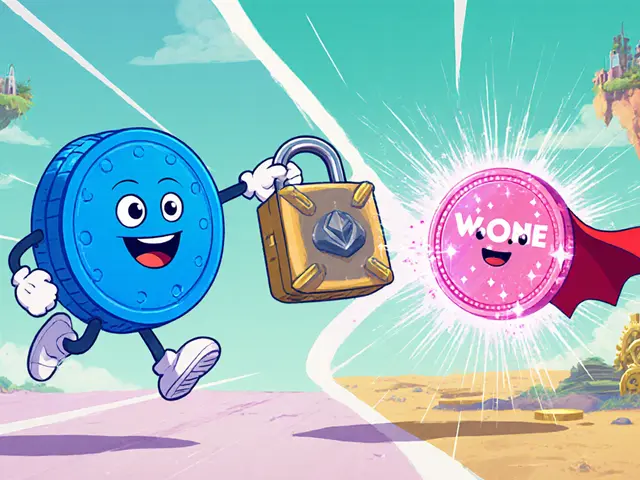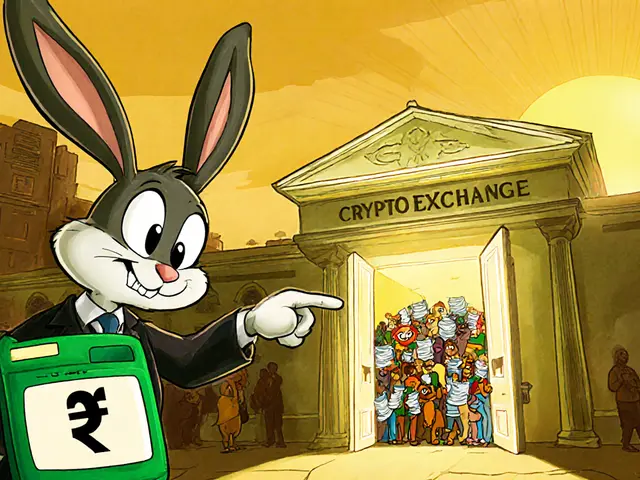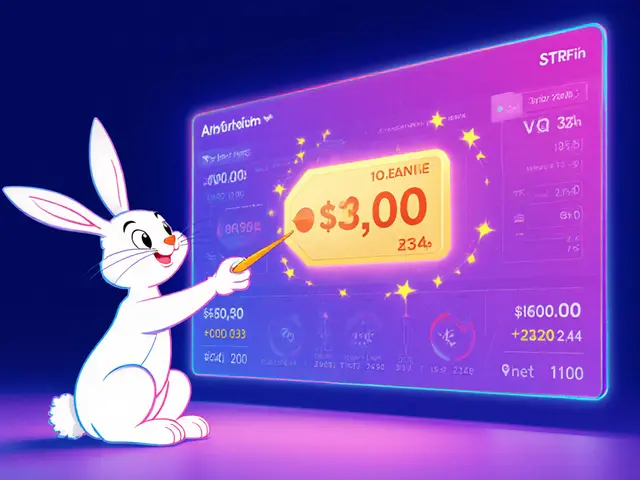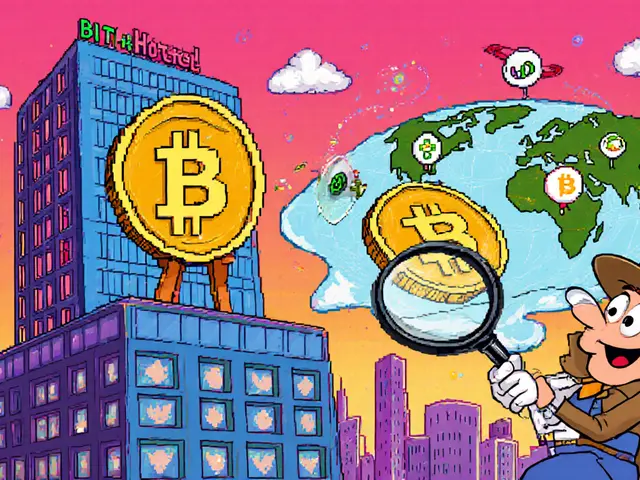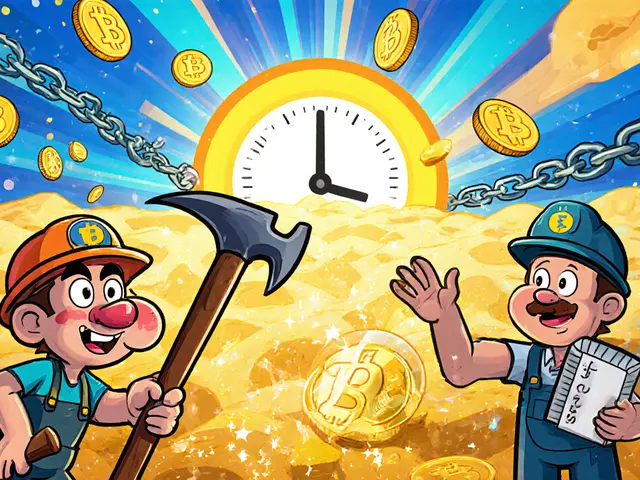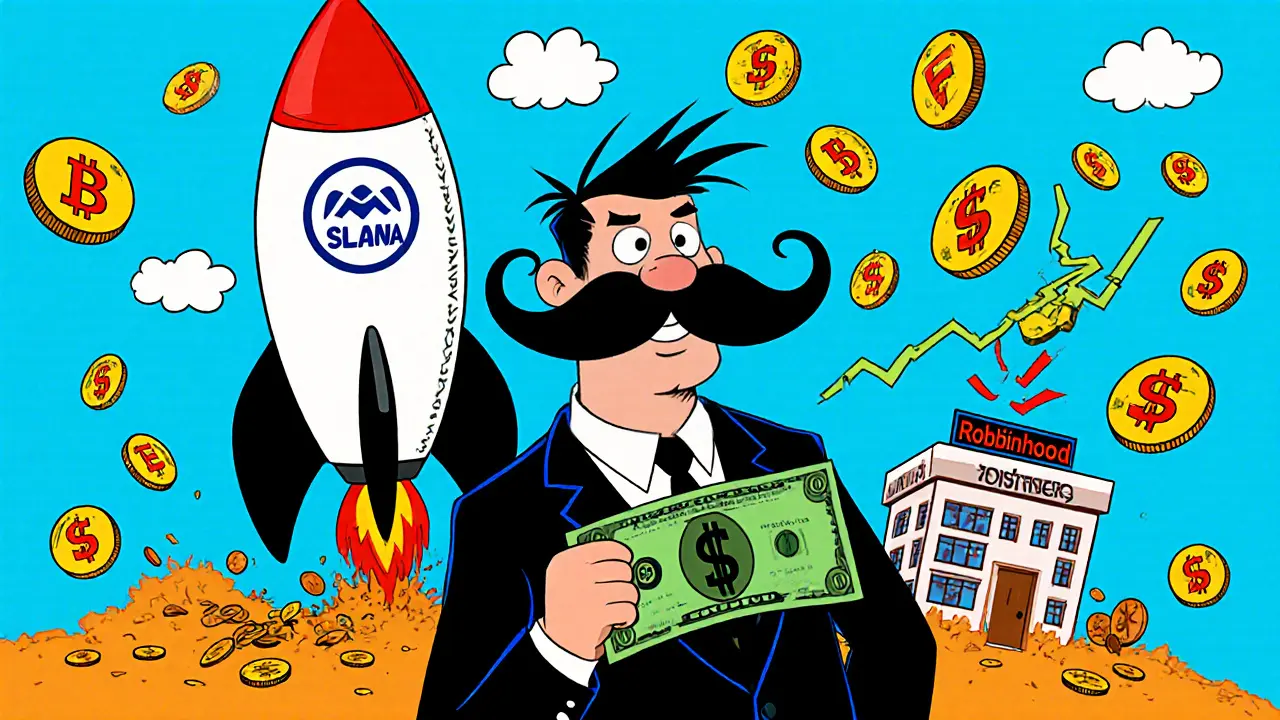
SLRS Liquidity & Price Impact Calculator
Current Market Status
Trade Impact Calculator
Enter your trade amount to see how much it would impact the price.
Estimated Price Impact: 0%
Estimated Slippage: 0%
Risk Summary
High Risk Warning: Solrise Finance has near-zero liquidity. Trading SLRS carries significant risk due to:
- Only available on Gate.io exchange
- Extremely low trading volume ($18,000 daily)
- Market cap under $100,000
- No active development or community
Recommendation: This is not a viable investment opportunity. Consider better-established protocols like Enzyme Finance or other Solana DeFi projects.
Most people hear about Bitcoin or Ethereum and assume that’s the whole crypto world. But there are hundreds of lesser-known tokens trying to solve real problems-Solrise Finance (SLRS) is one of them. Launched in 2021, it wasn’t built to be the next big meme coin. It was built because a group of developers got fed up with centralized platforms like Robinhood freezing trades during the GameStop frenzy. They wanted to give regular people the power to invest in crypto funds without needing thousands of dollars, complex tools, or trusting a middleman.
What Solrise Finance Actually Does
Solrise Finance is a decentralized fund management protocol on the Solana blockchain. That means it lets you either invest in existing crypto funds or create your own-with as little as $20. You don’t hand over your coins. You keep full control. A fund manager handles the trading decisions, but your assets stay in your wallet. All transactions happen on Solana, which is known for being fast and cheap-often costing less than a penny per trade.
This is different from older platforms like Yearn Finance or Enzyme Finance, which run on Ethereum. Those platforms have high gas fees. If you want to invest $50 in a fund on Ethereum, you might pay $10-$20 in fees. That’s not investing. That’s paying to play. Solrise fixes that. Because Solana’s fees are so low, it makes micro-investments actually possible.
What Is SLRS, the Native Token?
SLRS is the token that keeps Solrise Finance running. It’s not a currency you spend on groceries or use to send money. It’s a utility token with three main jobs:
- Pay fees-When you join or leave a fund, you pay a small fee in SLRS.
- Reduce protocol fees-Fund managers can lock up SLRS to lower the percentage of profits the platform takes.
- Represent ownership-Holding SLRS gives you a stake in the protocol’s future, even if you’re not managing a fund.
It’s non-refundable. Once you use it, it’s gone. That’s intentional-it’s designed to create long-term alignment between users and the platform.
How Big Is Solrise Finance Right Now?
Here’s the hard truth: Solrise Finance is tiny. As of October 2025, its market cap sits around $100,000. That’s less than the price of a single Tesla share. The total supply of SLRS is nearly 1 billion tokens, but only about 157 million are in circulation. The price? Roughly $0.0006 per token.
Compare that to Enzyme Finance, which had over $150 million locked in its funds back in 2022. Solrise doesn’t even hit $1 million in total value locked (TVL). Its 24-hour trading volume? Around $18,000. And here’s the kicker: almost all of that trading happens on just one exchange-Gate.io. No Binance. No Coinbase. No KuCoin. Just one place to buy it.
That’s not a sign of growth. That’s a sign of neglect. If a project wants to be used by real people, it needs liquidity. Without multiple exchanges, most users can’t even get SLRS. And if they can’t get it, they can’t use the platform.
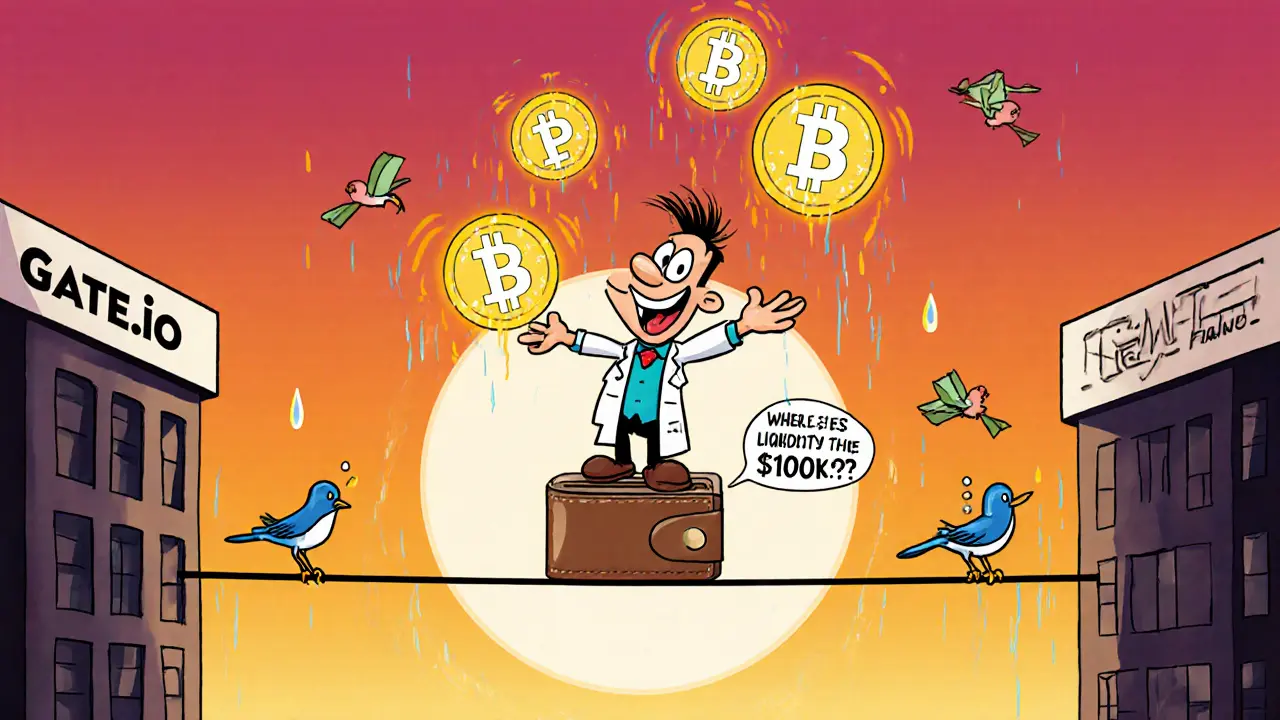
Why Hasn’t It Taken Off?
Solrise Finance has a solid idea. But great ideas don’t win in crypto-execution and momentum do.
- No community-You won’t find active Reddit threads, Twitter buzz, or Discord servers. There’s almost zero user discussion.
- No documentation-No step-by-step guides. No video tutorials. No clear onboarding process. If you’re not a developer, figuring out how to use it is nearly impossible.
- No updates-Since its 2021 launch, there’s been no public roadmap, no major upgrades, no partnerships, no press releases. It’s like the team vanished.
Even the price predictions you see online-like SLRS hitting $0.72 by 2025 or $8.80 by 2041-are pure speculation. They’re based on AI models trained on historical data from a token that hasn’t moved meaningfully in years. These aren’t forecasts. They’re fantasies.
Who Is This For?
Solrise Finance is only worth considering if you’re:
- Already deep into Solana DeFi and understand how non-custodial wallets work.
- Willing to risk losing your entire investment because liquidity is near zero.
- Interested in supporting a niche project with a real problem-but zero traction.
If you’re looking for a reliable way to invest in crypto funds, there are better options. Enzyme Finance still works on Ethereum. Balancer and Gnosis have strong ecosystems. Even newer Solana-based tools like Saber or Mercurial offer more liquidity and better tools.
Solrise Finance isn’t dead. But it’s not alive either. It’s in limbo.

The Bigger Picture: Why Decentralized Fund Management Matters
Even if Solrise fails, the idea behind it won’t. Retail investors deserve access to professional-grade investment tools without the gatekeepers. The fact that you can now start a fund with $20 on Solana is revolutionary. It’s the kind of innovation that could reshape finance.
But innovation needs more than a whitepaper. It needs users. It needs support. It needs developers who keep building. Right now, Solrise Finance has none of that.
If you’re curious, you can still check out the website. But don’t expect a thriving ecosystem. Don’t expect customer service. Don’t expect growth. What you’ll find is a promising idea that never got off the ground.
Final Thought
Solrise Finance (SLRS) isn’t a scam. It’s not a Ponzi scheme. It’s just… forgotten. A project born from frustration, built with care, and abandoned in silence. The technology works. The concept is sound. But without users, without updates, without visibility-it’s just code sitting on a blockchain, waiting for someone to pick it up again.
For now, treat SLRS like a museum piece-not an investment.
Is Solrise Finance (SLRS) a good investment?
No, not based on current data. SLRS has a market cap under $102,000, trades on only one exchange (Gate.io), and shows no signs of growth, community support, or development activity since 2021. Price predictions claiming it will reach $0.72 or higher are speculative and not grounded in current market reality. Investing in SLRS carries extreme risk due to near-zero liquidity and no clear path to adoption.
Can I buy SLRS on Coinbase or Binance?
No, SLRS is not listed on Coinbase, Binance, Kraken, or any major exchange. The only exchange where SLRS is traded is Gate.io, and even there, trading volume is extremely low-under $2,000 per day. This makes it very difficult to buy or sell SLRS without significantly moving the price.
How does Solrise Finance compare to Enzyme Finance?
Solrise Finance runs on Solana and allows investments as low as $20 with near-zero fees. Enzyme Finance runs on Ethereum and requires higher fees, making small investments impractical. However, Enzyme has over $150 million in total value locked (TVL), active development, and multiple exchange listings. Solrise has less than $100,000 in market cap and no visible development activity. Enzyme is proven. Solrise is unproven.
Is Solrise Finance still being developed?
There’s no public evidence that Solrise Finance is actively being developed. Since its 2021 launch, there have been no major updates, blog posts, team announcements, or GitHub commits. The website remains static, and social media channels are inactive. While the project isn’t officially shut down, it appears dormant.
Do I need a Solana wallet to use Solrise Finance?
Yes. Solrise Finance only works on the Solana blockchain, so you need a Solana-compatible wallet like Phantom or Solflare. You also need SOL to pay for transaction fees, even though they’re very low. You cannot use Ethereum wallets like MetaMask to interact with Solrise.
Why was Solrise Finance created?
The team behind Solrise Finance was inspired by Robinhood’s 2021 decision to block trading of GameStop stock. They saw how centralized platforms could restrict access to financial tools. Solrise was built to give retail investors control over their assets using decentralized finance-without gatekeepers, high fees, or arbitrary restrictions.
What’s the difference between SLRS and other DeFi tokens like YFI or MKR?
YFI and MKR are governance tokens for large, established DeFi protocols with millions in TVL and active communities. SLRS is a utility token for a tiny, nearly inactive protocol. YFI lets you vote on protocol changes. SLRS pays fees and reduces platform cuts. YFI has dozens of exchange listings. SLRS has one. They serve similar roles in theory, but in practice, they’re worlds apart in scale and relevance.

